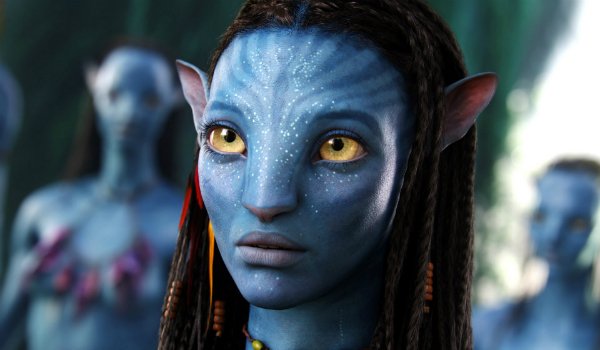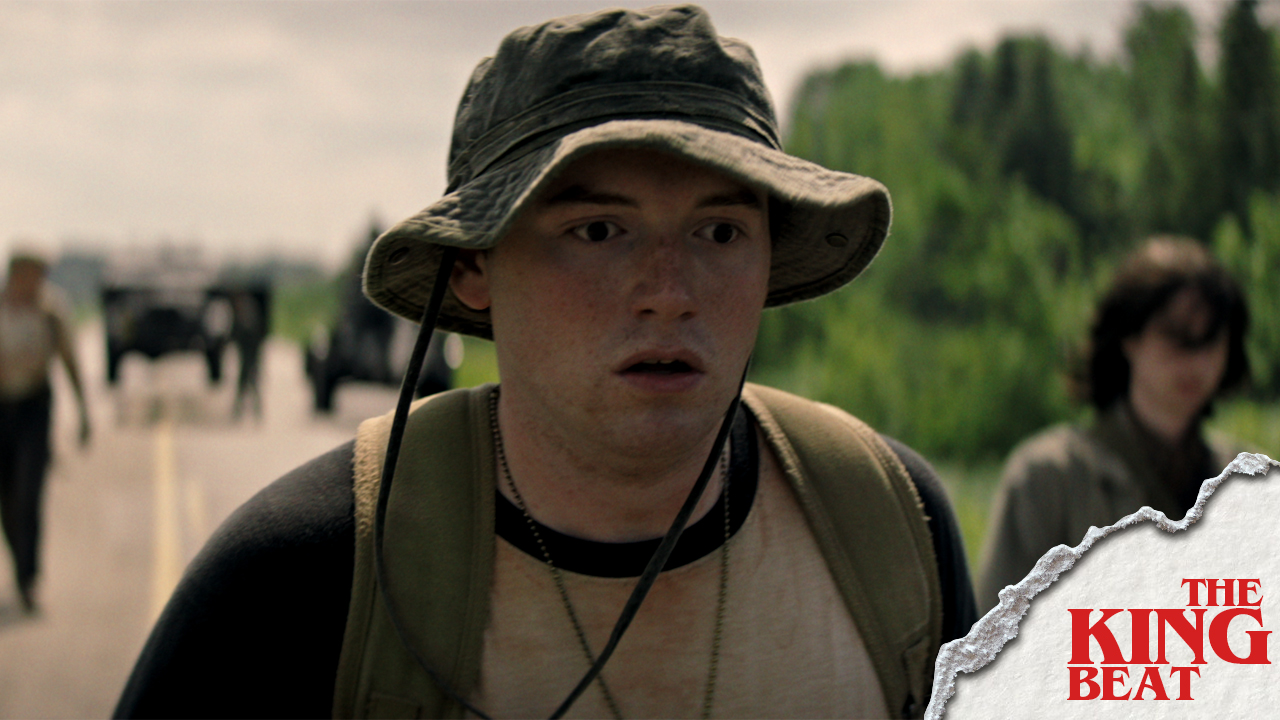The Weird, Futuristic Technology The Avatar Sequels May Use

Filmmaker James Cameron loves creating and using state of the art technology to make his films. The Terminator director was one of the driving forces behind the re-emergence of 3D, taking technology that was once regarded as gimmicky and making it a mainstay of modern blockbusters. He’s also been a huge proponent of making films at a higher framerate – and there’s currently nothing out there that’s bigger and better than Douglas Trumbull’s MAGI process for achieving that goal. Could Cameron’s Avatar sequels take advantage of this new tech and make it mainstream?
This is the question raised in a THR piece on Trumbull. The inventor reports that he’s spoken with Avatar producer Jon Landau about getting Cameron to view UFOTOG, a short film designed to show off the new tech.
So, what is MAGI? It’s basically a system that shows films in 3D at 4K resolutions running at 120 frames per second. To put that into perspective, most current HD televisions have a resolution of 1920x1080. 4K resolution is 3840x2160, a pretty significant upgrade in pure numbers. The real kicker, though, is the framerate. Films today (and for ages) have run at 24 frames per second. Showing them at 120 would produce superb clarity, while eliminating negative effects like strobing.
MAGI allows filmmakers to shoot in 4K 3D at 60 frames per second using alternating shutter speeds. Without getting really technical, when footage shot in the format is run back through a traditional 3D projector the alternating rhythm creates the 120 frames per second effect.
James Cameron hasn’t commented on whether or not he’d be interested in using MAGI to film his upcoming Avatar sequels, because he’s still busy writing them. Trumbull thinks it would be a perfect fit for the filmmaker, and getting Landau onboard is the first step to making the match a reality.
If that doesn’t pan out, Trumbull says other filmmakers have expressed interest in using his product. "If directors like Cameron, J.J. Abrams, Peter Jackson want this, then I think we’ll start getting some traction," he said during his recent IBC convention keynote address.
Jackson already has experience with high framerate filmmaking, releasing his Hobbit films at 48 frames per second. The move wasn’t as rousing a success as many had hoped, with countless viewers complaining that the increased framerate made the feature look like something shot on video. Trumbull says that won’t be the case with 120 HFR films.
Your Daily Blend of Entertainment News
"The Hobbit fell victim to the 'uncanny valley.’ but when you dramatically increase the frame rate to 120 fps you jump over the valley to a whole new territory."
Trumbull even found time to work in a not so subtle dig at Michael Bay, telling the crowd that Bay will now "make an even worse Transformers movie because there won’t be any motion blur." Meow.
Theater owners have been cautious about rushing into the higher framerate arena, but Trumbull thinks a down summer at the box office may give the tech a new push. With the home theater experience constantly improving, many are content to watch films from the comfort of their couch. Trumbull’s MAGI could change that by potentially putting some of the magic back into the theater experience. If the technology is going to catch on, having James Cameron onboard would be a huge boon for sure.
